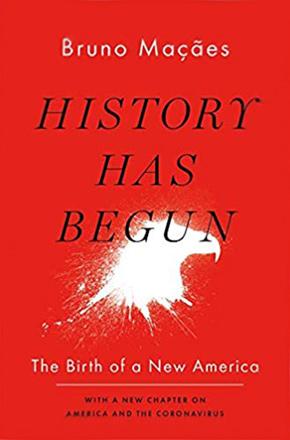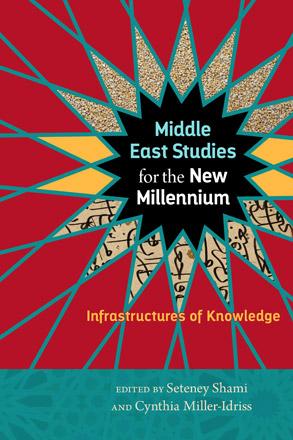You are here
Captive of contentious confluence
May 13,2018 - Last updated at May 13,2018

The 25 Issues That Shape American Politics: Debates, Differences, and Divisions
Michael Kryzanek and Ann K. Karreth
New York & London: Routledge, 2008
Pp. 409
In this book, two political scientists describe the major issues that galvanise debate in public and governmental circles in the US, from taxation and spending to healthcare, from religion and politics to gay rights, from reforming education to terrorism and homeland security, and many more. They also examine demographic trends that currently affect public opinion, such as the new attitudes of the Millennial generation, a rapidly ageing population, and increasing ethnic diversity. Moreover, they explore the process of American politics, which is increasingly driven by powerful interest groups that can marshal huge amounts of money in order to impact on government policy.
According to Kryzanek and Karreth, “The American political system is a captive of a contentious confluence of party, group, public opinion, money, and media, all contributing to… a want of unity… issues such as immigration reform, gun legislation and global warming initiatives have suffered the fate of endless delay and legislative death, because the American political system is not designed to be efficient, speedy, and effective.” (p. 8)
Most crucially, the authors portray the US as a nation divided and disenchanted, as became especially apparent during the last presidential elections. Added to uncompromising partisan disagreements, “The growing perception among more and more Americans is that our government doesn’t work or works only for the rich and well-born. Nagging economic and social problems are ignored, while politicians become captive to special interests.” (p. 385)
The book is designed in such a way that it can be used as a textbook, providing a wealth of information supplemented by questions for debate and suggestions for further reading. Each chapter focuses on a particular issue, filling in background on how it has been addressed in recent decades by successive administrations, whether by the president, congress, the courts or state governors, what results they have achieved and the public’s reaction as evidenced by opinion polls.
The chapter on “The Middle Class and the American Dream” is particularly interesting, due to its impact on the last presidential campaign: “One of the key underlying sources of the demise of the American dream and the shrinking of the middle class in the United States is the growing level of income equality... In 2016 both Hillary Clinton and Donald Trump used the plight of the middle class as talking points designed to advance their candidacy… [while] Bernie Saunders gained popularity among the young and disaffected middle class who had been hit hard by the Great Recession…” (pp. 33-34)
As they proceed to cover all the 25 issues, the authors have obviously tried to be stringently objective, reflecting the views of both Republicans and Democrats and of mavericks within both parties. However, almost all the opinions covered come from the mainstream. There is little if any questioning of the basic premises of US policies, whether domestic or foreign. For example, the book covers the debate about the wars in Iraq and Afghanistan, and about the priorities of military spending, but only mentions once in passing the debate about the corrections of American interventionism per se.
At the end of the book, there is a cluster of foreign policy chapters covering China, Iran, Russia, Conflicts in the Middle East, and Globalisation and Trade. These are quite informative except for the chapter on the Middle East, which is partially ahistorical and misleading. In the introduction to the chapter, there is no mention of the Palestinian-Israeli conflict. Most of it is devoted to the wars in Syria, Afghanistan and Iraq. The few pages devoted to Palestine/Israel are solely from the perspective of the US’s strategic alliance with Israel and the latter’s security. The Palestinians receive only passing mention with no reference to their rights or to the Palestinian leadership’s decades of pursuing a peaceful solution to the conflict. The authors might argue that this is the way Palestine/Israel is discussed in American politics, but this is to ignore some changes in recent years. For example, Bernie Sanders is quoted several times in the book in relation to domestic issues, but his groundbreaking position on the Palestinian-Israeli conflict is overlooked.
Despite this lack, the book is overall very useful in understanding how the US political system works. It provides a lot of food for thought, especially at this critical juncture when many givens of American politics are being upended. The final debate topic proposed in the conclusion is: “Does the United States have the capacity to address the problems facing our governing system, or is our nation headed into a period of political decline?” (p. 388)
Sally Bland
Related Articles
Cracks in the Wall: Beyond Apartheid in Palestine/IsraelBen WhiteLondon: Pluto Press, 2018Pp.
History Has Begun: The Birth of a New AmericaBruno MacaesLondon: Hurst and Co., 2020Pp.
Middle East Studies for the New Millennium: Infrastructures of KnowledgeEdited by Seteney Shami and Cynthia Miller-IdrissNew York: The Socia


















